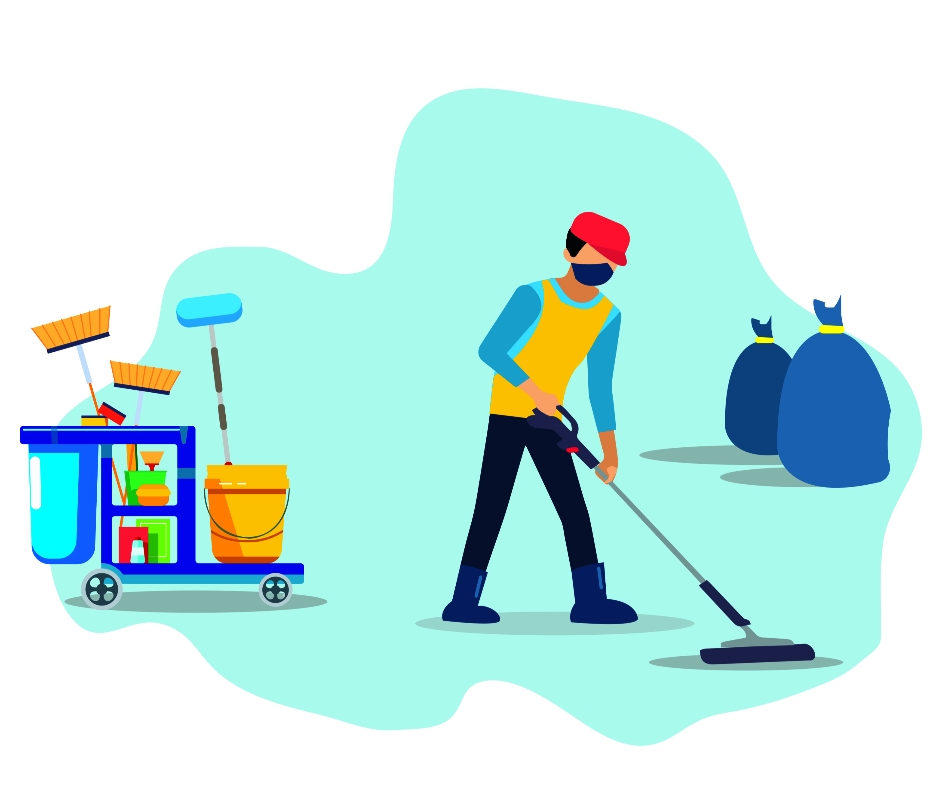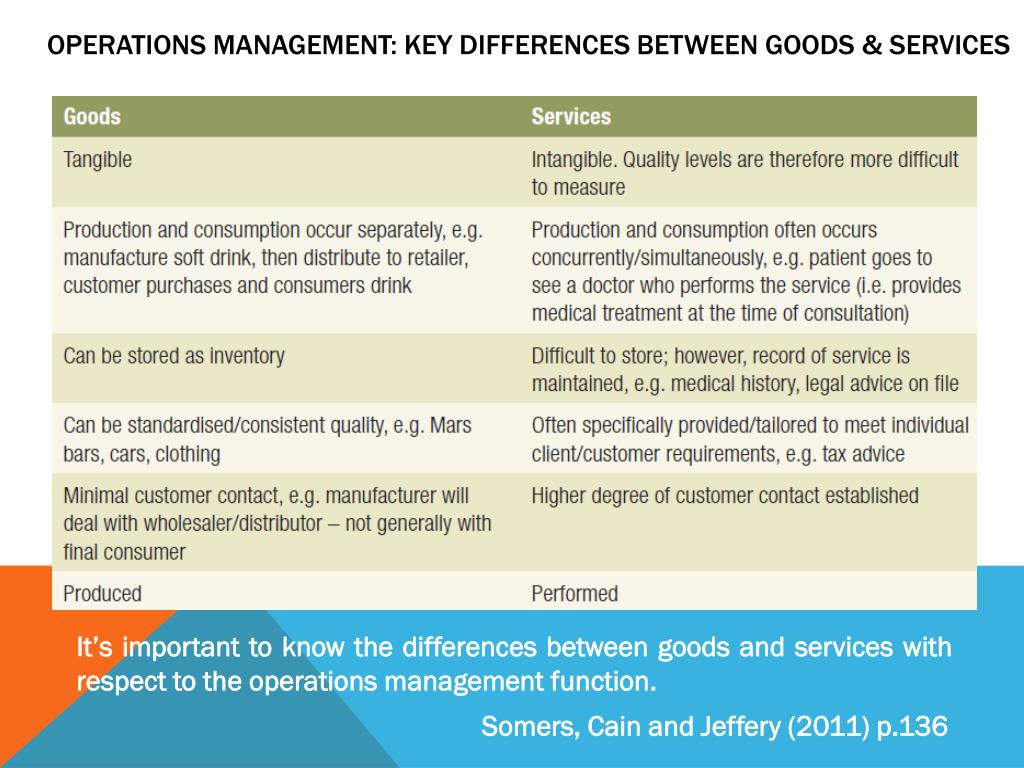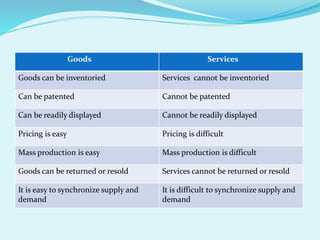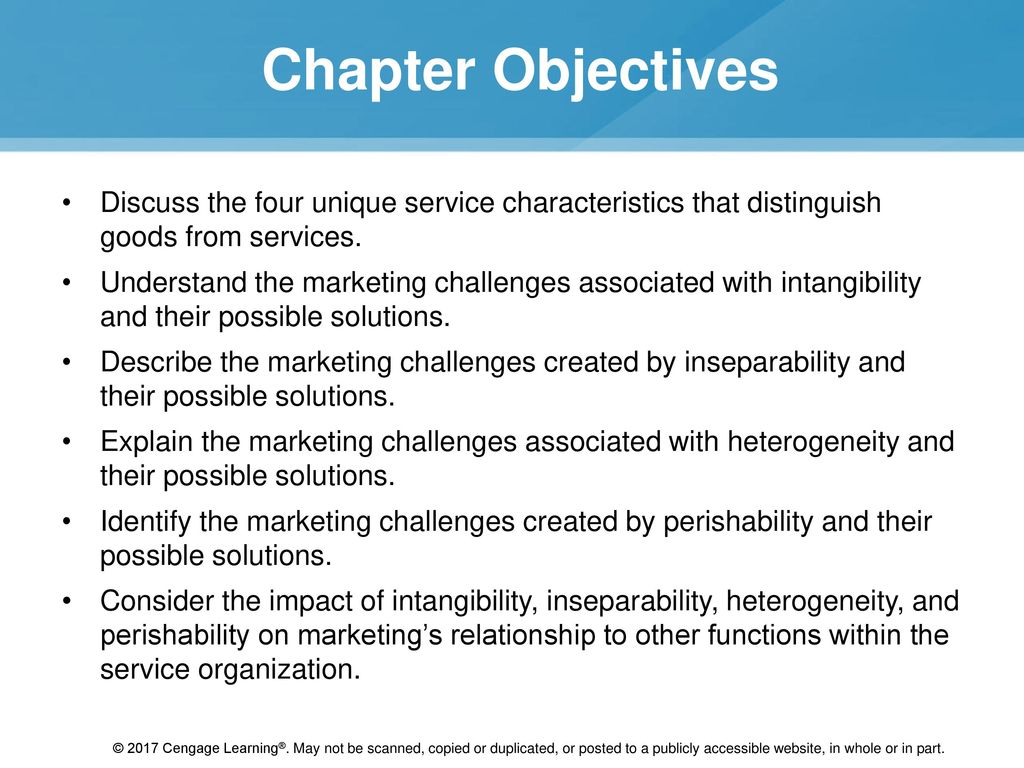Goods and services are two categories that are used to classify economic products. They are both important for the economy, and they have some differences that distinguish them from each other.
Goods are tangible products that can be physically touched and possessed. They are usually produced and sold for the purpose of consumption or resale. Examples of goods include food, clothing, furniture, and electronics. Goods can be classified into three categories: durable goods, non-durable goods, and services. Durable goods are products that have a long lifespan, such as appliances and cars. Non-durable goods are products that have a short lifespan, such as food and cleaning supplies.
Services, on the other hand, are intangible products that cannot be touched or possessed. They are activities or benefits that are provided to customers in exchange for payment. Examples of services include education, healthcare, transportation, and entertainment. Services cannot be stored or transported like goods, and they are consumed at the same time they are produced.
There are several differences between goods and services that distinguish them from each other. One of the main differences is that goods are physical products, while services are intangible. This means that goods can be touched and possessed, while services cannot. Another difference is that goods can be stored and transported, while services cannot. This means that goods can be produced in advance and stored for later sale, while services must be produced and consumed at the same time.
Another important difference between goods and services is the way they are marketed and sold. Goods are usually sold through physical stores or online platforms, while services are often sold through personal interactions or appointments. For example, a customer might visit a store to purchase a shirt, while a customer might make an appointment to see a doctor or take a fitness class.
In conclusion, goods and services are two categories of economic products that are distinguished by their tangible or intangible nature. Goods are physical products that can be touched and possessed, while services are intangible activities or benefits that are provided to customers in exchange for payment. Understanding the differences between goods and services is important for businesses, consumers, and policymakers, as it can help them make informed decisions about production, consumption, and distribution.








